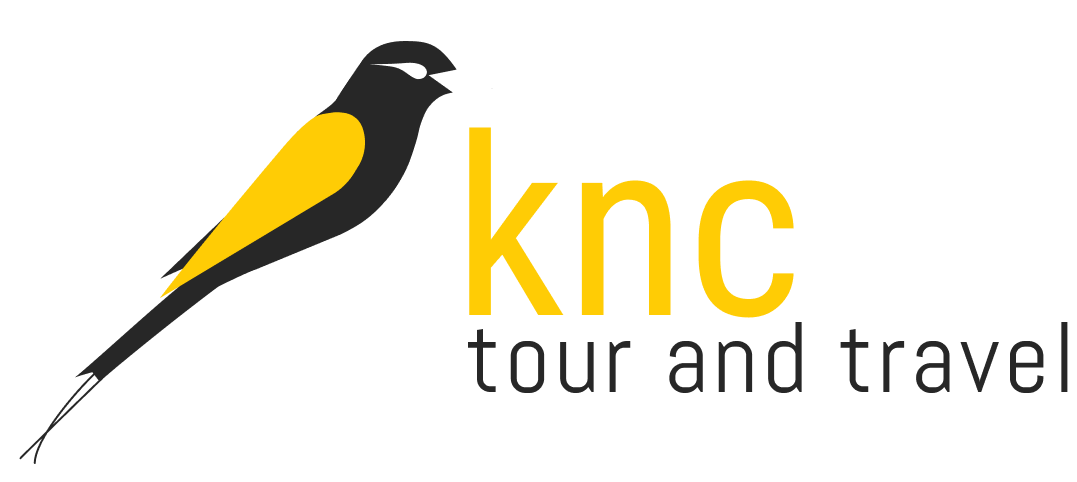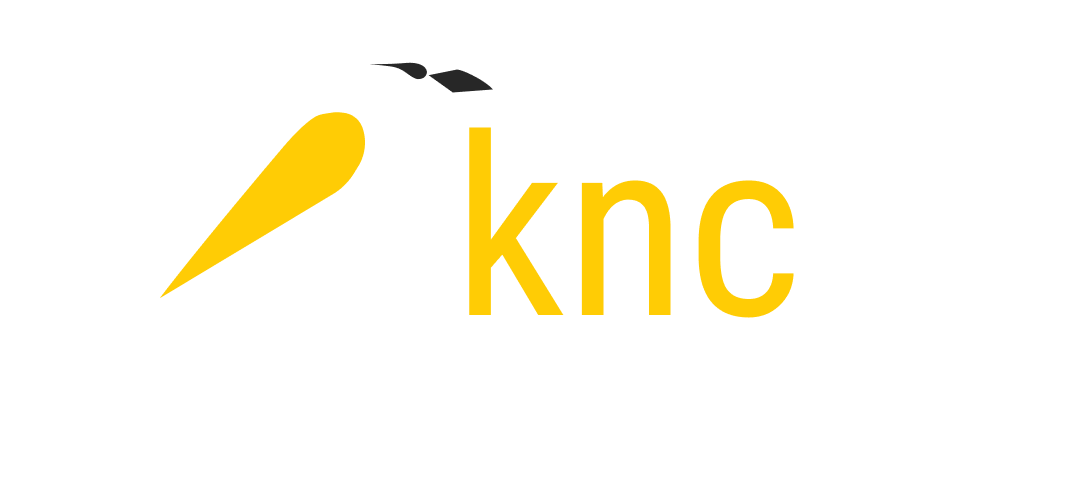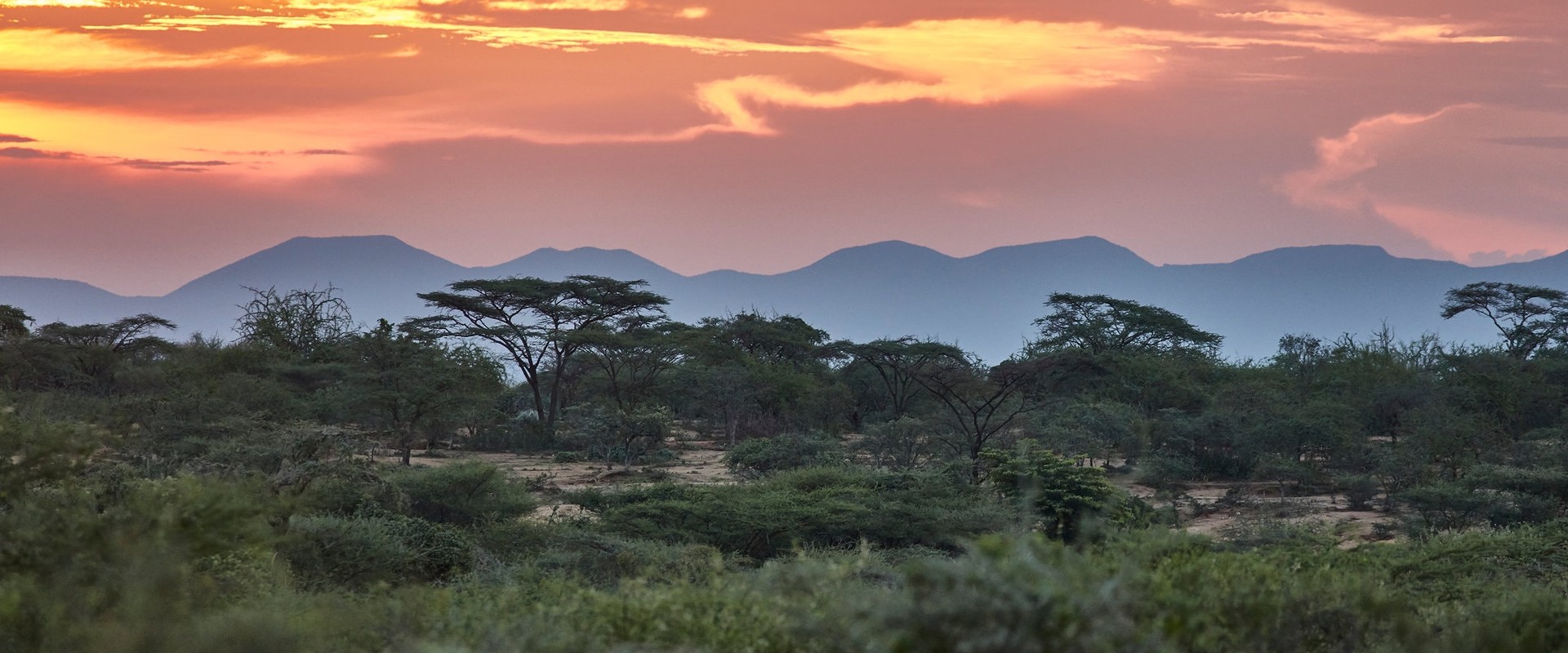Omo Valley
The Omo is a place like no other. The variety and diversity of life – truly a melting pot of humanity – will blow you away. We think its a must visit, if you want to understand Ethiopia and Africa more broadly. The concentration of experience and variety, often so juxtaposed to your own daily life, forces you to reflect on what it means to be human in today’s world.
The Lower Omo Valley region has been as UNESCO World Heritage site since the discovery of human remains dating back nearly 2.5 million years. As you explore the region, you’ll discover fortified hilltop settlements, terraced fields, anthropomorphic grave-markers, and rock engravings dating back 5000 years.
The Omo also has some beautiful landscapes; Nech Sar National Park frames much of the region with mountains, lakes and forests, and harbours 70-plus mammal species, as well as prodigious crocodiles and the endemic Nechisar nightjar – the latter arguably the world’s rarest bird.
Tour Plan
Addis Ababa Free Time
Fly to Arba Minch
Boat Ride on Lake Chamo, Konso Village & Drive to Jinka
Drive Jinka to Buska, stop at Mursi Village
Omoratte & Murulle
Hammer & Drive to Arba Minch
Drive to Addis & Tiya World Heritage Site
Addis Abeba Sightseeing
Tour Location



